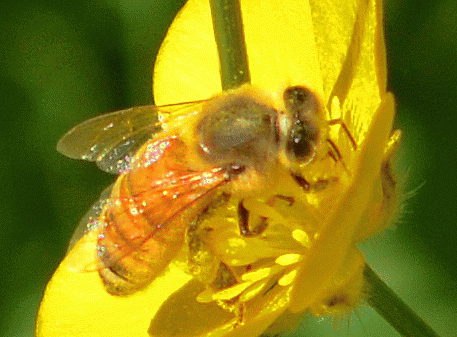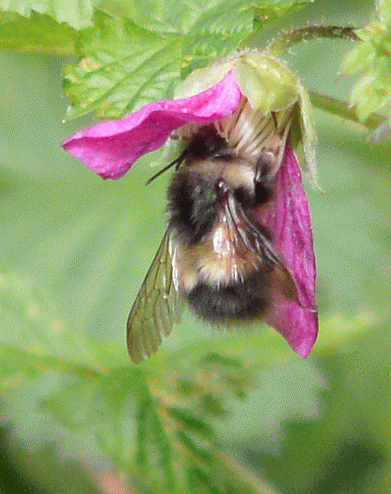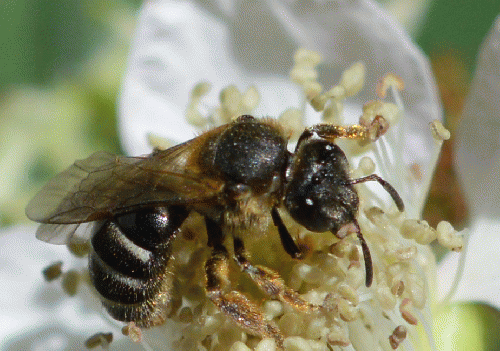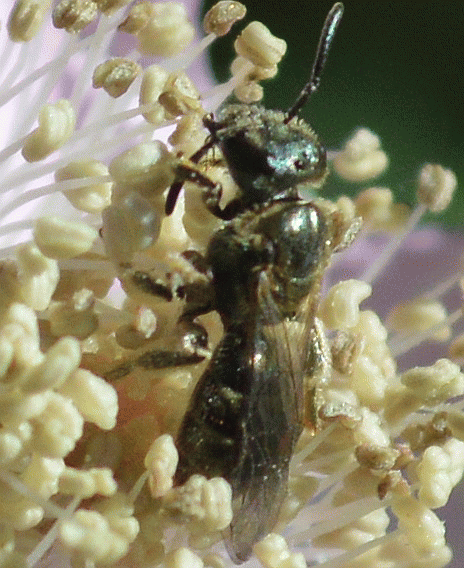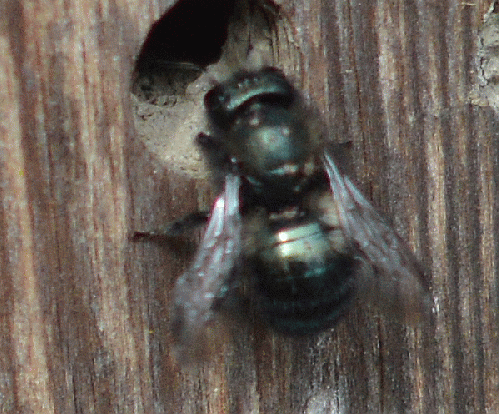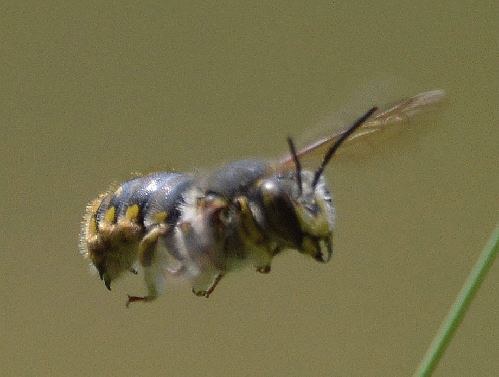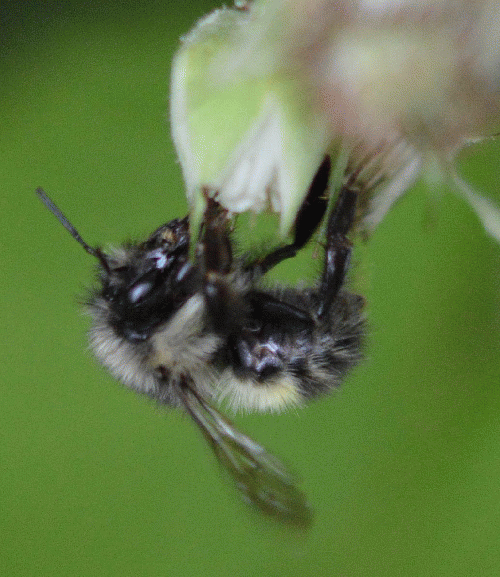"Lulled by the soft sell and the hidden persuader, the average citizen is seldom aware of the deadly materials with which he is surrounding himself; indeed, he may not realize he is using them at all." Rachael Carson, "Silent Spring," 1962
While doing research for a talk "Forgotten Pollinators and How to Keep them Around," for which I was a co-presenter at the Alger Community Hall on February 5, 2016, I kept running into pesticide concerns. Many analyses show that the use of pesticides, especially neonicotinides, are killing bees and other pollinators. The further I looked into this, the bigger and more obvious the problem became. We essentially are waging a "War on Bees." The war is on all insects and, as with all such -- like the War on Terror or the War on Poverty -- there are more unintended consequences than intended ones. Unless the stated goal is to attempt to sate the insatiable war profiteers, the goal is never accomplished.
In this case, bees and all other pollinators get nailed. There is also a lot of confusion because when the average person thinks of pollinators s/he thinks only of honey bees. There are many other insect pollinators including native bees, many types of flies, some beetles, many butterflies and moths, and many wasps. In the bee category alone, there are dozens of species involved, most with very different lifestyles from honey bees. All of these insects are being affected by the omnipresent use of pesticides, as are the bat and bird pollinators that are just a little higher up the food chain.
Honey bees, although non-native, give us honey, are easily domesticated so they can be shipped to agricultural fields on demand, and exist in colonies of tens of thousands of individuals. As a result, they have become the poster child for pollinators. According to the US Department of Agriculture (USDA), honeybees have huge health problems:
"Honey bees, which are a critical link in U.S. agriculture, have been under serious pressure from a mystery problem: Colony Collapse Disorder (CCD), which is syndrome [sic] defined as a dead colony with no adult bees or dead bee bodies but with a live queen and usually honey and immature bees still present. No scientific cause for CCD has been proven.
"But CCD is far from the only risk to the health of honey bees and the economic stability of commercial beekeeping and pollination operations in the United States. Since the 1980s, honey bees and beekeepers have had to deal with a host of new pathogens from deformed wing virus to nosema fungi, new parasites such as Varroa mites, pests like small hive beetles, nutrition problems from lack of diversity or availability in pollen and nectar sources, and possible sublethal effects of pesticides. These problems, many of which honey bees might be able to survive if each were the only one, are often hitting in a wide variety of combinations, and weakening and killing honey bee colonies. CCD may even be a result of a combination of two or more of these factors and not necessarily the same factors in the same order in every instance." [1]
Some researchers even include electromagnetic smog from wi-fi and cell phone systems as a possible factor in CCD.
Unfortunately, the way honey bees are transported, often thousands of miles, to work pollinating fields along with other honey bee colonies, many of these diseases and parasites are spread and become universal. Some of these problems even spread from infected honey bees to native bumble bees, as well as other bees and insects. The problems with honey bees are so great, some question whether they will continue to be viable. If they do go down, will the other pollinators go with them?
One phrase from the USDA jumps out at me: "...and possible sublethal effects of pesticides." It is common sense that the sublethal effects of pesticides make the bees weaker and more susceptible to the fungi, mites and viruses. It is tragic that the USDA calls this a "possible" problem: It is an obvious, major problem and, if the USDA were not profoundly influenced by the lobbying efforts of the chemical manufacturers [2], they would state that in capital letters! It makes me wonder if the honest bureaucrat who insisted on including pesticides as a problem jeopardized his/her employment potential, and if the one who inserted the nonsensical fluff word "possible" is on the fast track for promotion.
Two of my references, "Forgotten Pollinators" by
Stephen Buchmann and Gary Paul Nabhan [3], and "Pollinator Conservation
Handbook" by the Xerces Society [4], repeatedly mentioned pesticide
problems. I seldom find a week when the
problems of neonicotinoids killing bees is not in some news article or another.
Next Page 1 | 2 | 3 | 4 | 5 | 6
(Note: You can view every article as one long page if you sign up as an Advocate Member, or higher).



